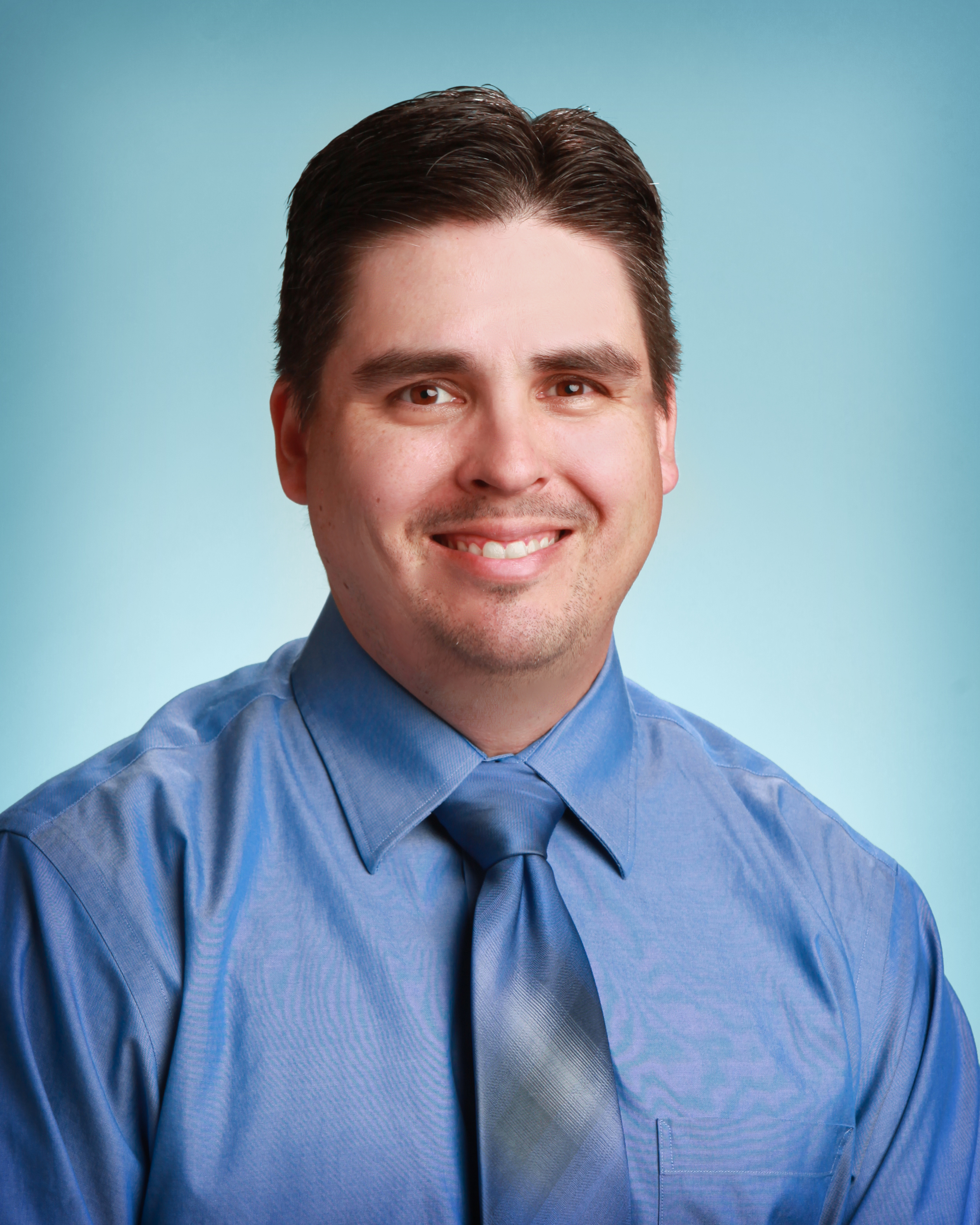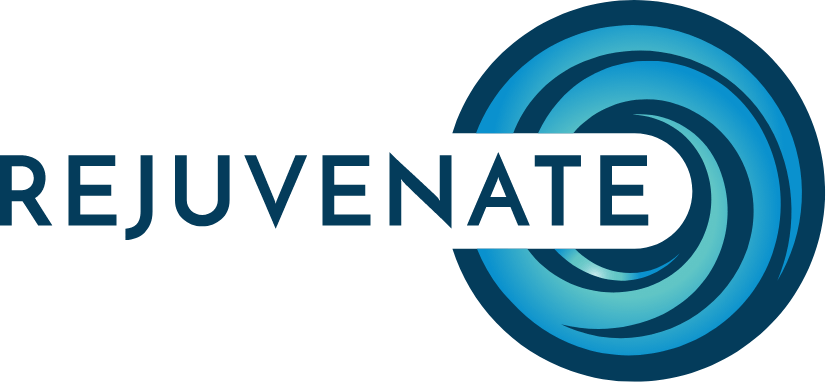Posture is a window into the spine and helps identify why you could be having pain. Part of a first exam at a chiropractor’s office will include a check of your posture. What is it that we are looking for that other doctors are missing? Chiropractors are looking for muscle imbalance, which causes spinal and joint misalignment. A muscle works to support your body and assist in certain movements. Each muscle has a different job when in action and a certain role even when you are not moving. Muscles, when they are not working properly, will change your posture and in turn change joint position. One of the most common postural dysfunctions is a condition called upper cross syndrome (UCS). This a very common condition for people that work at a desk all day or spend many hours daily on cell phones, tablets or writing at a desk. This prolonged position leads to a posture with shoulders that are rounded forward and a head that is jutting forward.
Upper Cross Syndrome (USC)
So what is UCS and what are the signs? UCS is over-activation and under use of a set of muscles in the chest, shoulder and neck region. UCS was first discovered by Dr. Janda’s research on muscle dysfunction. As one muscle is working excessively the opposing muscle is being stretched and weakened. Computer use and desk posture are common culprits for this condition.
If you are one of the people I’m describing, then think for a moment of your position at your desk. Your head is jutted forward looking at a screen, your shoulders are rounded forward for typing and you have a hump between your shoulder blades. After a few hours of work you start to have pain or a burning in your lower neck and between your shoulder blades. You may, at certain times, have numbness in your hands that you think is an onset of carpal tunnel syndrome.
This is what is really happening: you have UCS, which is something that can be easily corrected by our chiropractors. The muscles that are overactive with UCA are the pectoral group, upper trapezius (traps), and levator scapulae. The pectorals (chest muscles) help move your shoulders and shoulder blades in several directions and allow you to extend your arms, the upper trap (the muscle below the back of your neck that helps you shrug and reach up) and the levator scapulae (attached to the first four vertebrae in your neck and help you swivel your neck, shrug and prevent your head from flopping down onto your chest when you look down). Your body also has a set of weakened muscles, which are, the deep neck flexors (move the neck and head when looking down) the rhomboids (which squeeze your shoulder blades together and stabilize your shoulders) and the serratus anterior muscle (which help move your shoulders). This muscle imbalance of weakened and overactive muscles is causing a hunched posture. UCS causes joint and bone imbalance at neck vertebrae right under the skull, into the shoulder blade region and the shoulder joint itself.
These imbalances of muscle, joint and spine cause pain in the neck, shoulders and in between the shoulder blades, from nerve impingement. If you are having numbness in the hand this is likely due to blood flow being reduced in the upper trap area. By not getting care UCS can increase the chance of rotator cuff problems.
Does this sound like something you are currently experiencing?
The Chiropractic Correction
No pill can fix UCS. It is going to involve correcting the established muscle pattern and adjusting the spine in the cervical (neck) and thoracic (middle back) region. A chiropractor can address these issues and get you balanced again. The adjustment in the spine returns the correct curve back in your spine and releases those impinged nerves. The doctor can also adjust the shoulder and 1st rib, which will help with shoulder pain and numbness in the hand. Treatment will also include exercises to address the muscle imbalances and additional office care that include:
- Instrument assisted soft tissue mobilization or trigger point to help release overactive muscles and help reduce pain.
- Shoulder blade retraction exercises for building strength in the serratus, trap, and rhomboids and for restoring scapular stabilization strength.
- Myofascial release, done at home, with a foam roller to aid in healing.
- Education of ergonomics for your desk area at work. There are minor changes that can be made that will have big benefits to your posture.
The amount of care needed is based on how long the patient has had the issue. In most cases, the patient is vastly improved in 6-12 treatments. Once a patient gets into a routine of doing the necessary exercises and changes their office ergonomics the pain can be managed with chiropractic adjustments every 3-4 weeks.
Does the pain you are currently having sound like what I described? Now that it has been explained, I hope you take action and get this corrected. The chiropractors at Rejuvenate in Lees Summit will get you on the right path and help correct this issue. By taking no action you are increasing your chance of arthritis and rotation cuff injury. Consult your local chiropractor and get on the road to recovery!
References:
Foley, Denise. Hunch Much? You Could Have Upper Crossed Syndrome. http://www.safebee.com/health/hunch-much-you-could-have-upper-crossed-syndrome
Nickelston, Perry. Upper Crossed Syndrome and Shoulder Pain. www.dynamicchiropractic.com/mpacms/dc/article.php
 Dr. Travis Early is a chiropractic physician, husband, and father of 2. He focuses on the natural way of healing and believes that the best medicine is the natural process of the body healing itself. Dr. Early also takes the time to help his patients understand why they are having pain, how the body works, and what he can do to help. His treatment plans not only include care at the office but also how to continue care at home.
Dr. Travis Early is a chiropractic physician, husband, and father of 2. He focuses on the natural way of healing and believes that the best medicine is the natural process of the body healing itself. Dr. Early also takes the time to help his patients understand why they are having pain, how the body works, and what he can do to help. His treatment plans not only include care at the office but also how to continue care at home.

